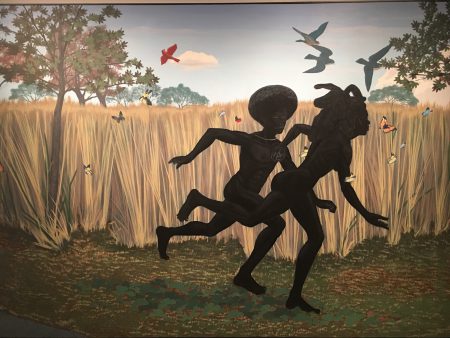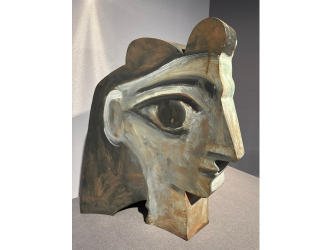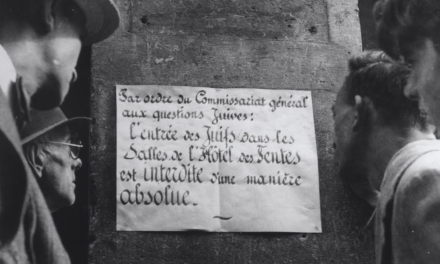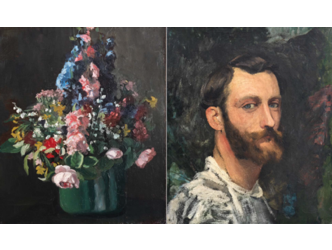Yet the city associated with this towering 15th century painter, the one where he was born, where exercised his craft and whose name he shares, has just pulled off a miracle. It is currently hosting the biggest ever retrospective of works by its golden child. The result is extraordinary, magnificent and endlessly intriguing. Hieronymus Bosch’s legions of fans, and there are no shortage of them, will no doubt be making the trip to this city in North Brabant unless they’re planning to head to Madrid to see the show at the Prado later in the year. To manage to pull of an exhibition of this scale, Den Bosch set up a research institute with the help of public authorities staffed by nine specialists who have scoured the world examining, restoring and even attributing new works to the artist. Thanks to this unique combination of expertise they were able to make his rarest jewels come to them.
Though Hieronymus Bosch is among the leading figures of the history of art, there is not a tremendous amount of information known about him. He was maybe born in 1450 and died in 1516, that much is certain. He was then rediscovered at the end of the 19th century and since then his star hasn’t stopped rising. Much of the fascination lies in the way he brought to life – he was the first to do so – an extremely rich, dense and surrealist iconography around good and evil. It belongs exclusively to the Middle Ages and its nightmarish terrors even if, as the Noordbrabants Museum director Charles de Mooji stresses, “this idea of free will expressed by Bosch is already a principle of the Renaissance.” It’s an absolutely dazzling show. Of the 24 recognised panels by the artist, 17 are on show at the Noordbrabants Museum, and of the 20 drawings in his catalogue, no less than 19 have made the journey there.
Last October the Bosch Research and Conservation Project even confirmed Bosch’s paternity to The Temptation of Saint Anthony, which belongs to a museum in Kansas. The famous Ship of Fools from the Louvre has been reunited with its other half, An Allegory of Intemperance from Yale University Art Gallery to create a single composition as it was at the outset. The exhibition also zooms in on an infinitude of details from the artist’s works on supporting video screens.
You get to see Hieronymus Bosch’s grand theatre, variously inspired by popular art, gargoyles from the neighbouring cathedral and the fear of God: there’s a body sliced in two by an oversized knife, a fish grafted with paws, a giant blue frog playing a flute, an angel’s wings bursting into flames, a woman on a crucifix, a pair of giant ears listening out in the woods while an enormous and strange animal swallows a human being, their legs hanging out of its maw… Beware the bird of evil lurking on the hollow tree trunk. Follow the guide who’ll lead you toward the abyss and towards Den Bosch.
Donating=Supporting

Support independent news on art.
Your contribution : Make a monthly commitment to support JB Reports or a one off contribution as and when you feel like it. Choose the option that suits you best.
Need to cancel a recurring donation? Please go here.
The donation is considered to be a subscription for a fee set by the donor and for a duration also set by the donor.














